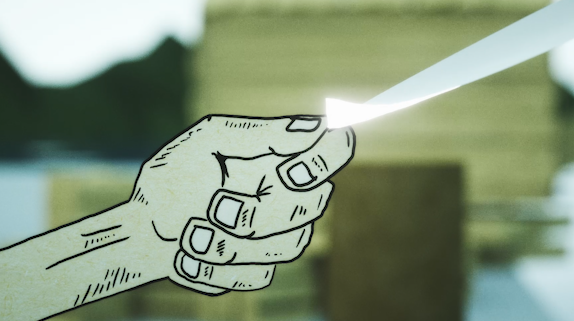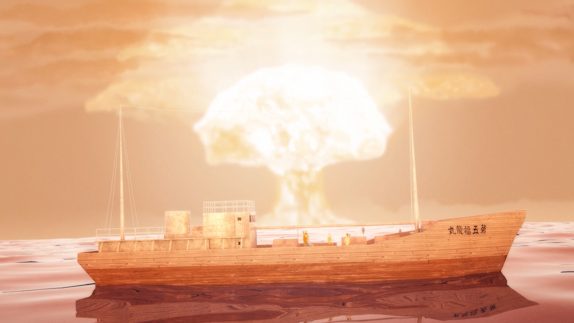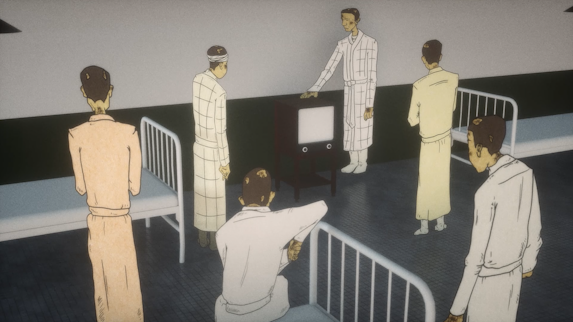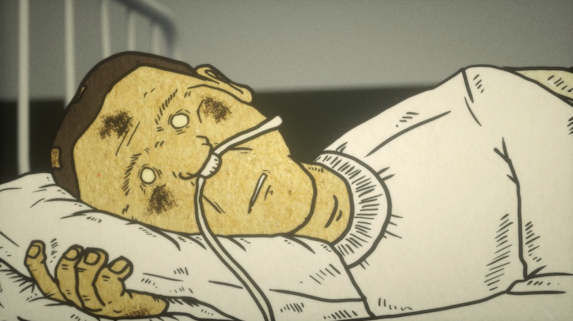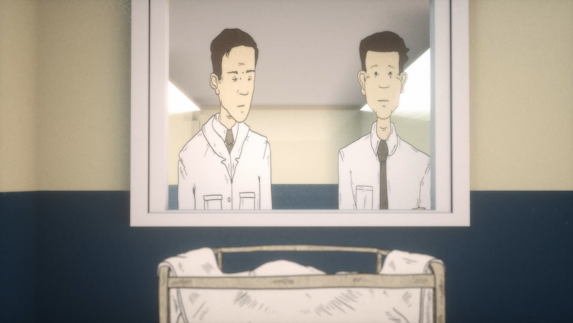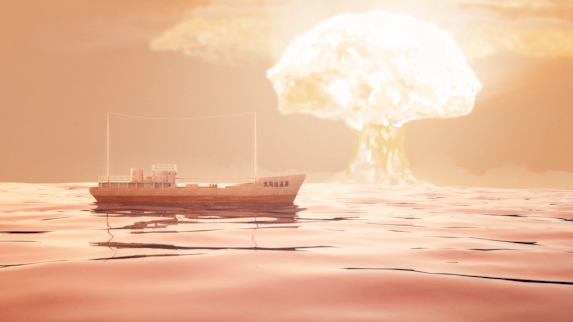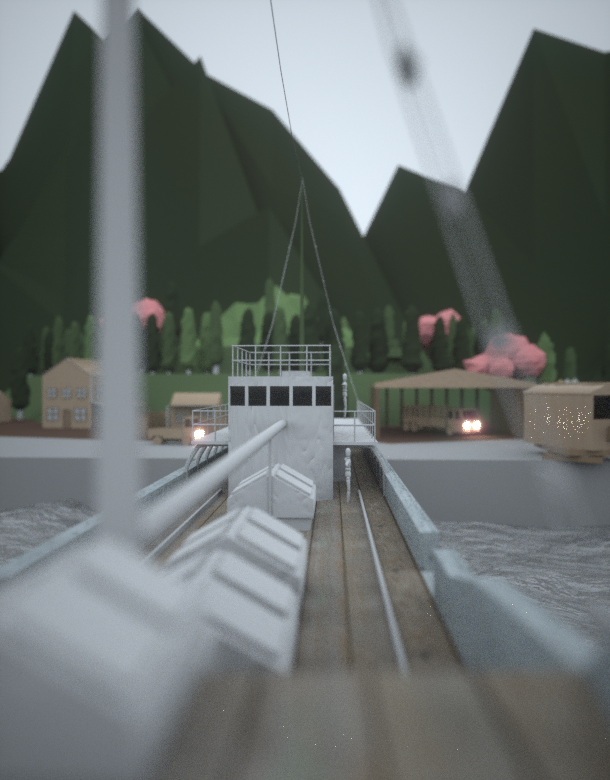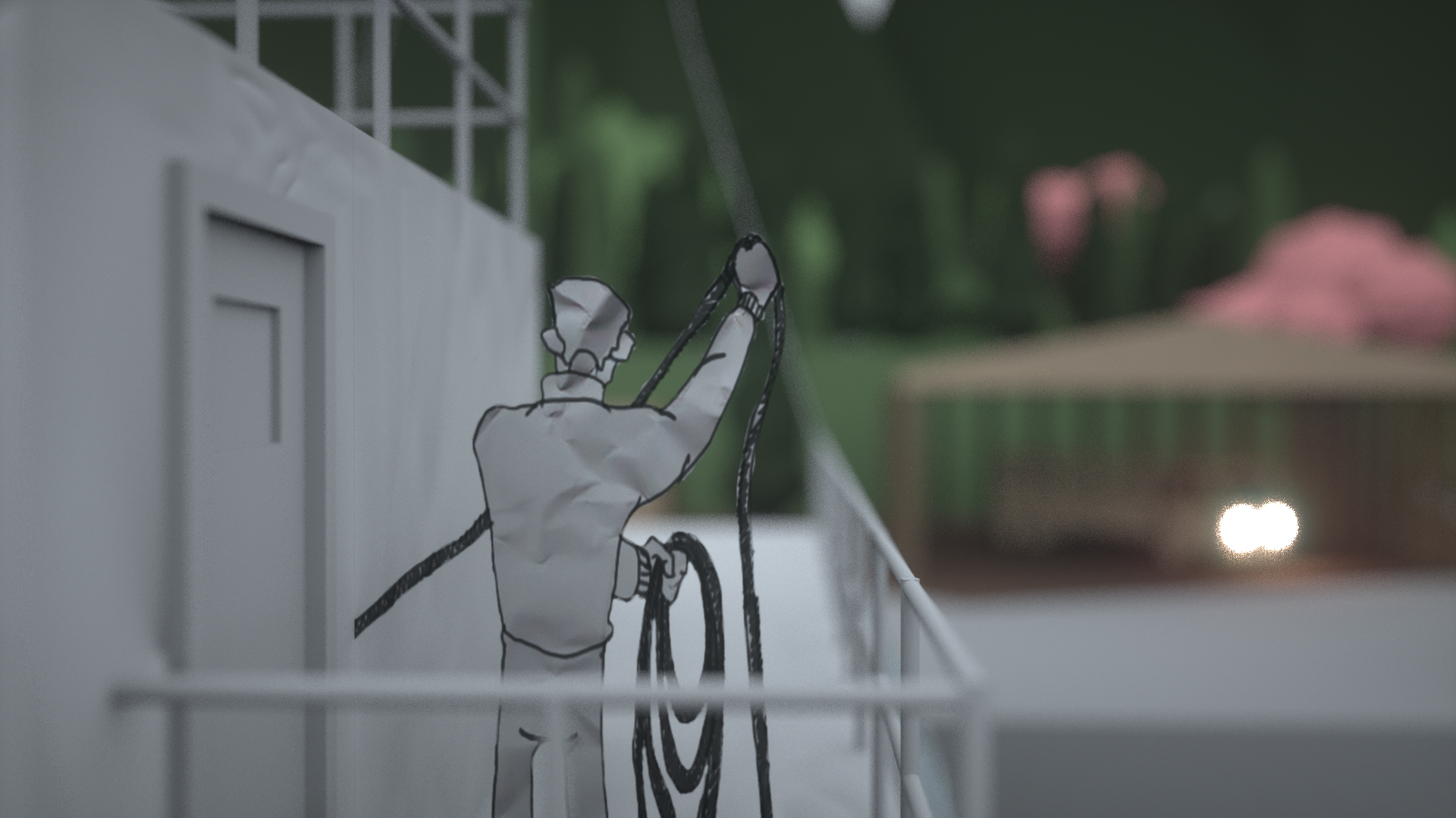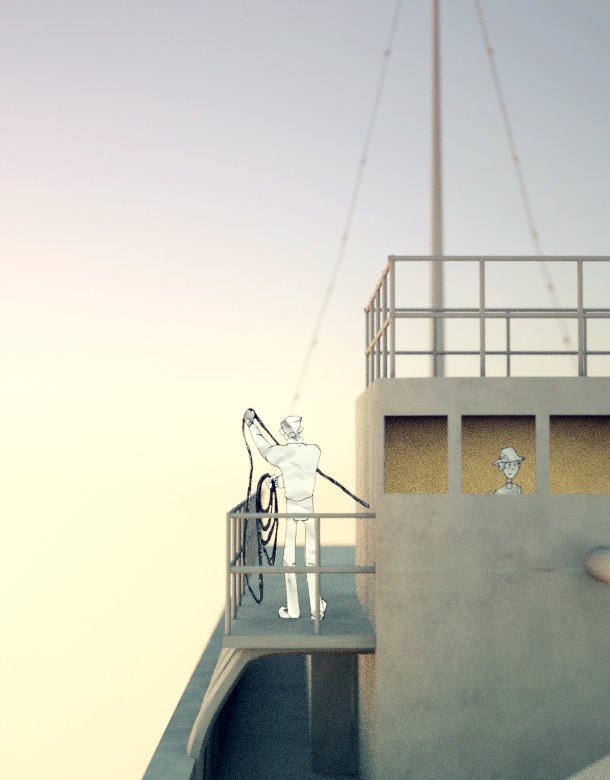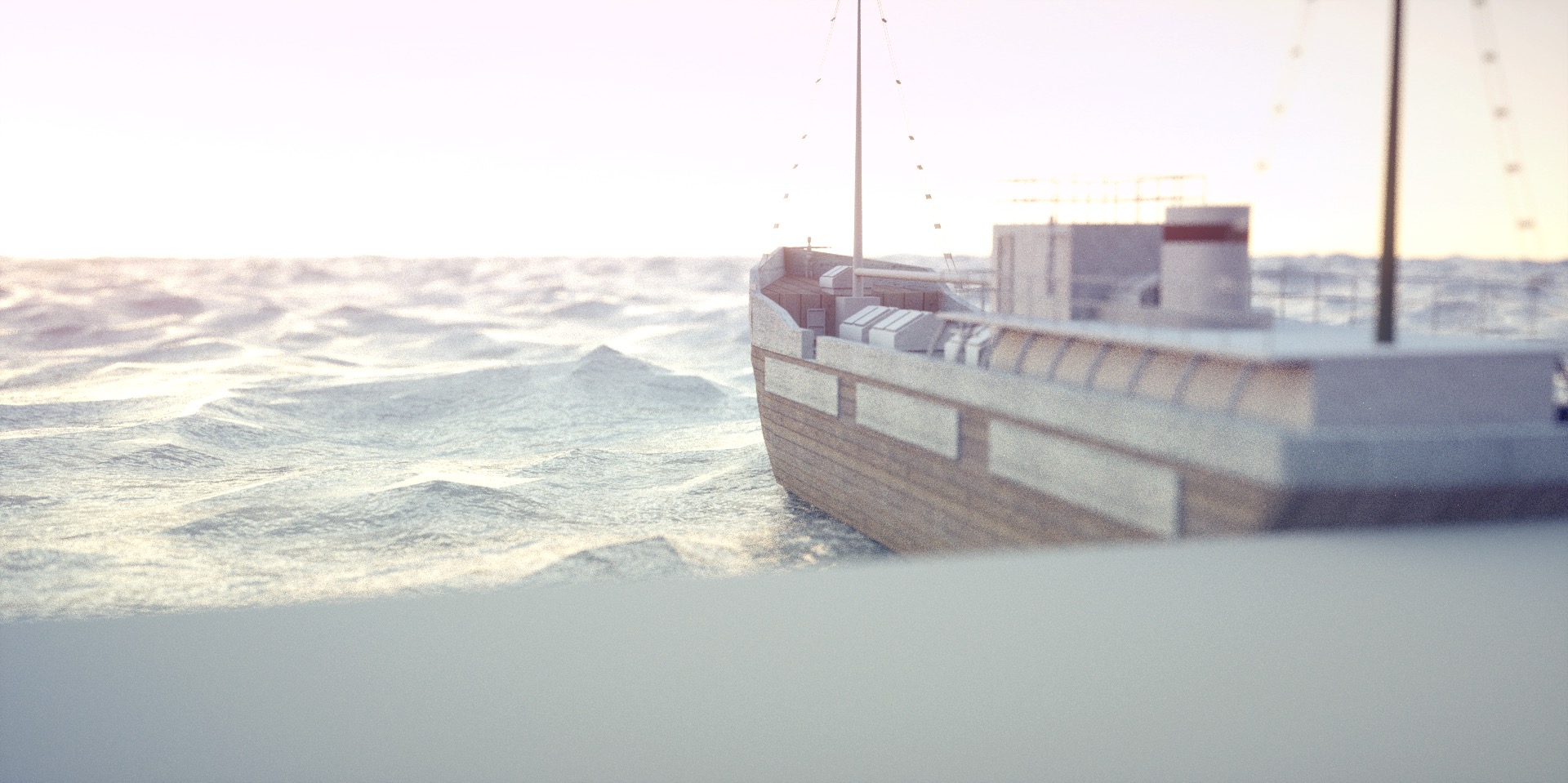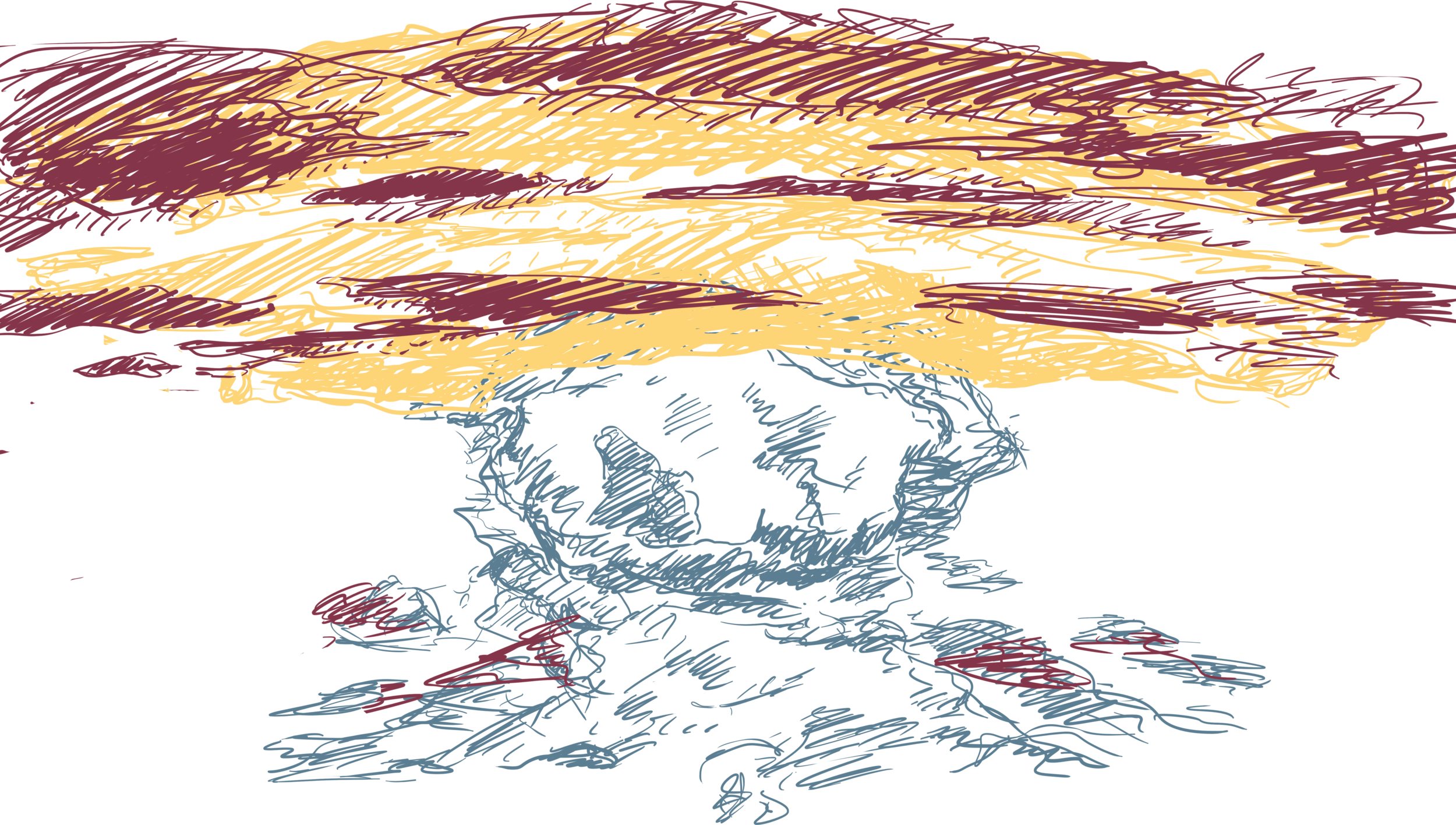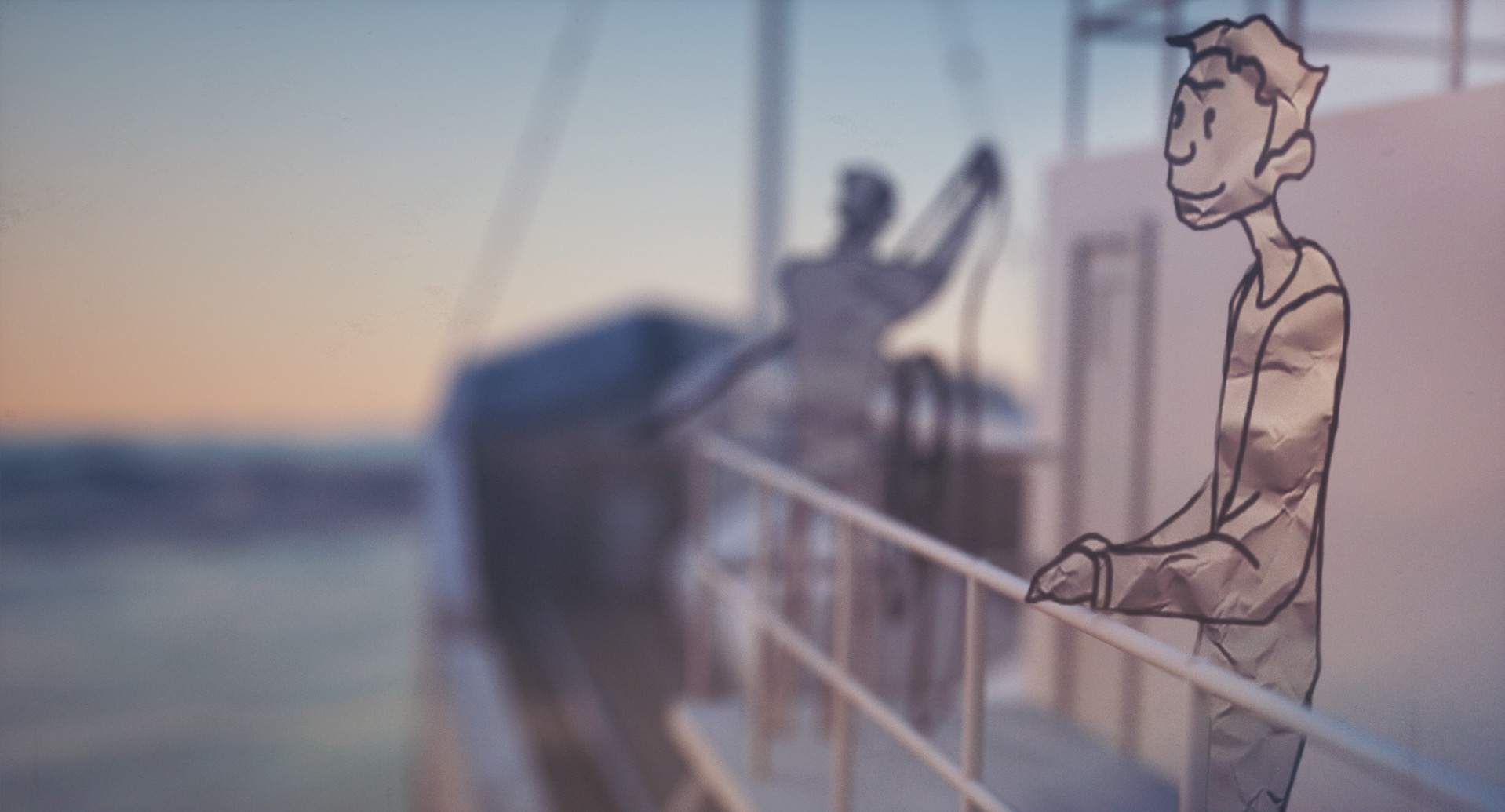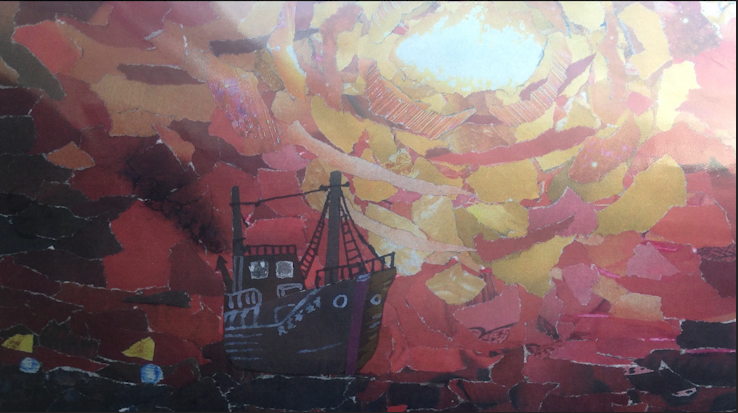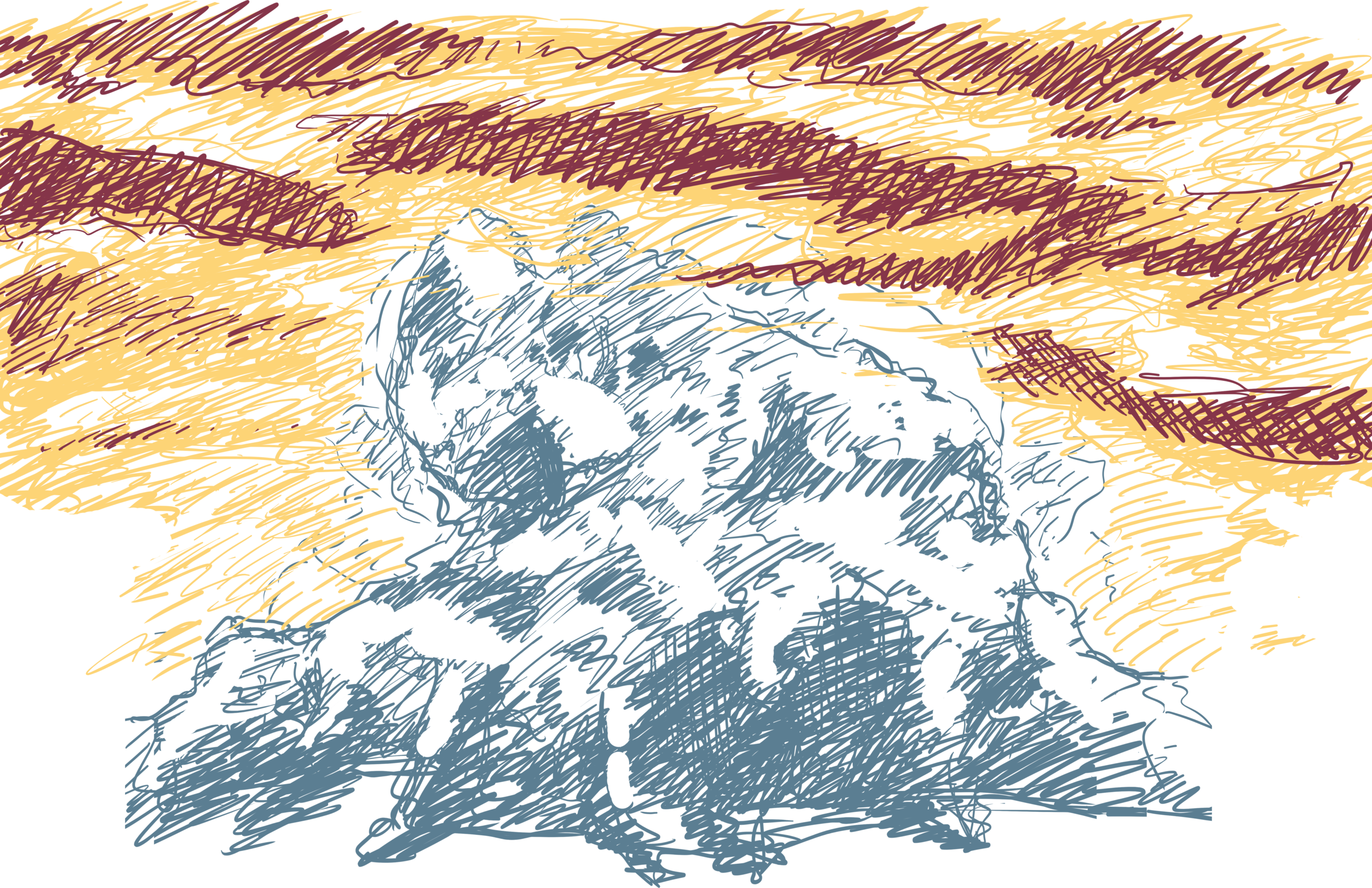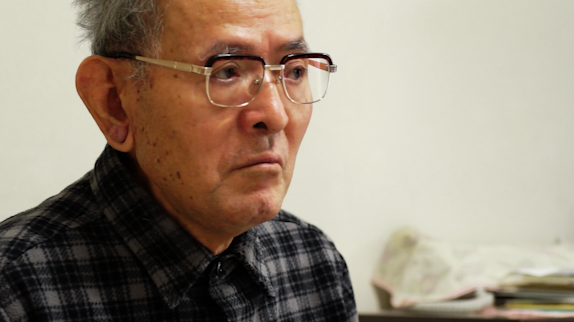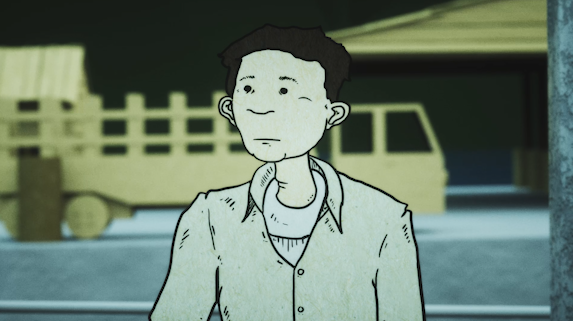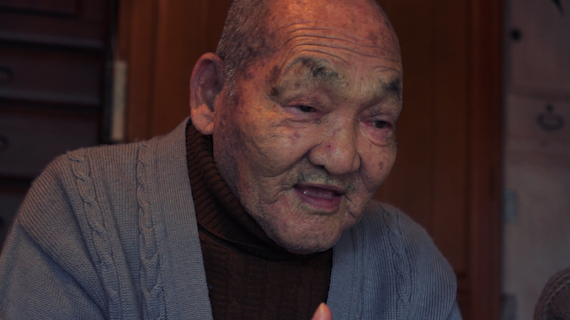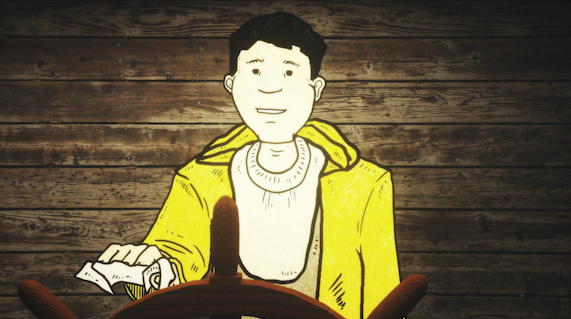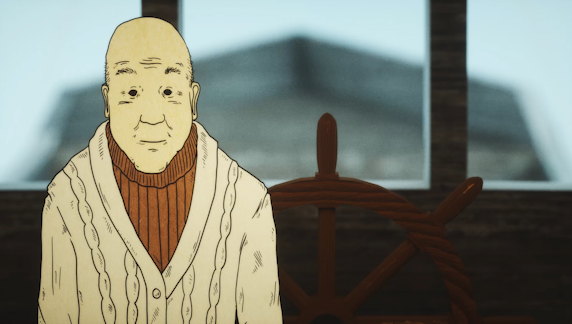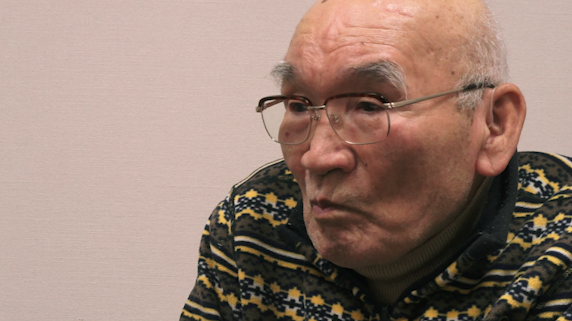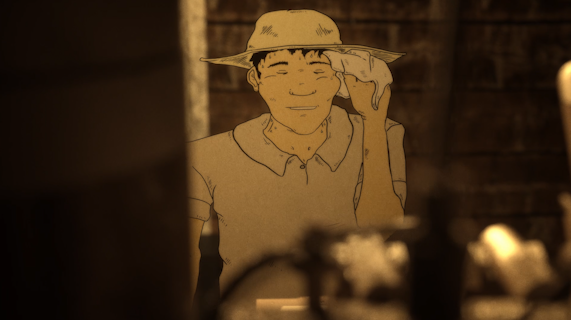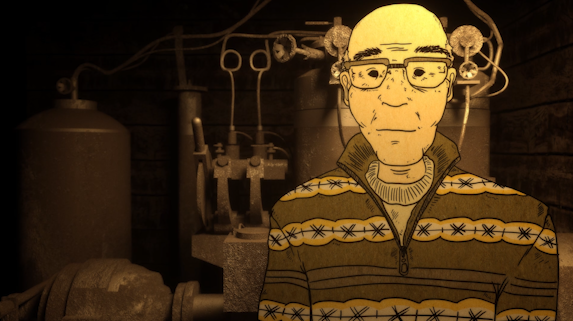
Mission
Pittsburgh based indie film company Daliborka Films, seeks to produce passion projects that inspire and entertain. Everyone has a story to tell and we are proud to help bring those stories to life.
Our documentaries, music videos, and promotional films highlight fascinating people, incredible places, and important work being done in Pittsburgh and beyond!

Day of the Western Sunrise
Day of the Western Sunrise is a Japanese-language (with English subtitles) animated documentary following three surviving fishermen from the tuna trawler Daigo Fukuryu Maru, or the Lucky Dragon No. 5. Created with a mix of animation and live-action, the second full-length documentary produced by Daliborka Films, Day of the Western Sunrise introduces us to the forgotten story of the Lucky Dragon, the Castle Bravo nuclear tests, and the damage and devastation still felt in Japan 65 years later.
The Story
On March 1st, 1954, the U.S. detonated Castle Bravo on Bikini Atoll in the Marshall Islands. This detonation was the first in a series of six thermonuclear weapon tests, and remains the largest and most powerful nuclear weapon detonated by the United States. The blast was three times larger than predicted, and deposited radioactive fallout as far away as Australia. Not far away, 23 fishermen aboard the Lucky Dragon No. 5 immediately began experiencing symptoms of radiation sickness and, when they returned to Japan two weeks later, they were quarantined. During their 15 months in a Tokyo hospital, they became the subjects of intense medical scrutiny by both Japanese doctors who sought to treat them, and American doctors who sought to study them. When they were finally released from the hospital, they had to integrate themselves back into communities that did not understand radiation sickness. Many of the fishermen were shunned by friends and family and eventually forced into hiding. Day of the Western Sunrise is a human interest documentary that uses first-hand survivor accounts to craft an urgent and heartfelt narrative about the dangerous of nuclear testing and the importance of advocacy for victims of all kinds of nuclear incidents.
The Animation
The film is animated in a kamishibai style, paying homage to a Japanese story-telling tradition. Kamishibai translates into ‘paper drama,’ and dates back to 12th century Japan when monks began using the method to teach moral lessons to their pupils. In Day of the Western Sunrise, characters have been designed, drawn, and then animated to interact in a 3D computer simulated environment. Over 2,000 individual drawings were produced for this project, and the film contains over 500 animated shots. Audiences have remarked that the kamishibai style helped them connect deeply with the fishermen and the subject matter in a way traditional documentaries have not accomplished. Character and computer animations went through an arduous research and design period to make sure the film captured history as accurately as possible.
The Fishermen
The detonation of Castle Bravo changed the lives of the fishermen forever. The 23 crew-members of Daigo Fukuryu Maru had no idea what was in store for them when they left Japan on January 22nd, 1954. Most of the fishermen had been at sea before, but they were young and forced into menial jobs because of Japan's defeat during World War II. This is the first time many of the surviving crew members had been interviewed by American journalists intent on making a product for an American audience. The featured fishermen, Susumu Misaki, Matashichi Oishi, and Masaho Ikeda, tell their story elegantly and delicately. Their collective memory allows the filmmakers to animate a very detailed and accurate portrayal of what happened on March 1st, 1954.
Educational Outreach
Day of the Western Sunrise is not only an award-winning documentary, it is a film that inspires conversation among young people across the country and keeps history alive as those who lived it leave us. Partnerships with the University of Pittsburgh’s Asian Studies Center and the National Consortium for Teaching About Asia allow the message of the film to enter the classroom. The filmmakers, along with representatives of the educational community, have created educational modules meant to accompany the film as an educational tool for classroom use. By speaking in conferences and classrooms, our hope is to connect as many people as we can with this important subject matter. The more we speak and listen, the more information we have thus preventing these disasters from happening again.













